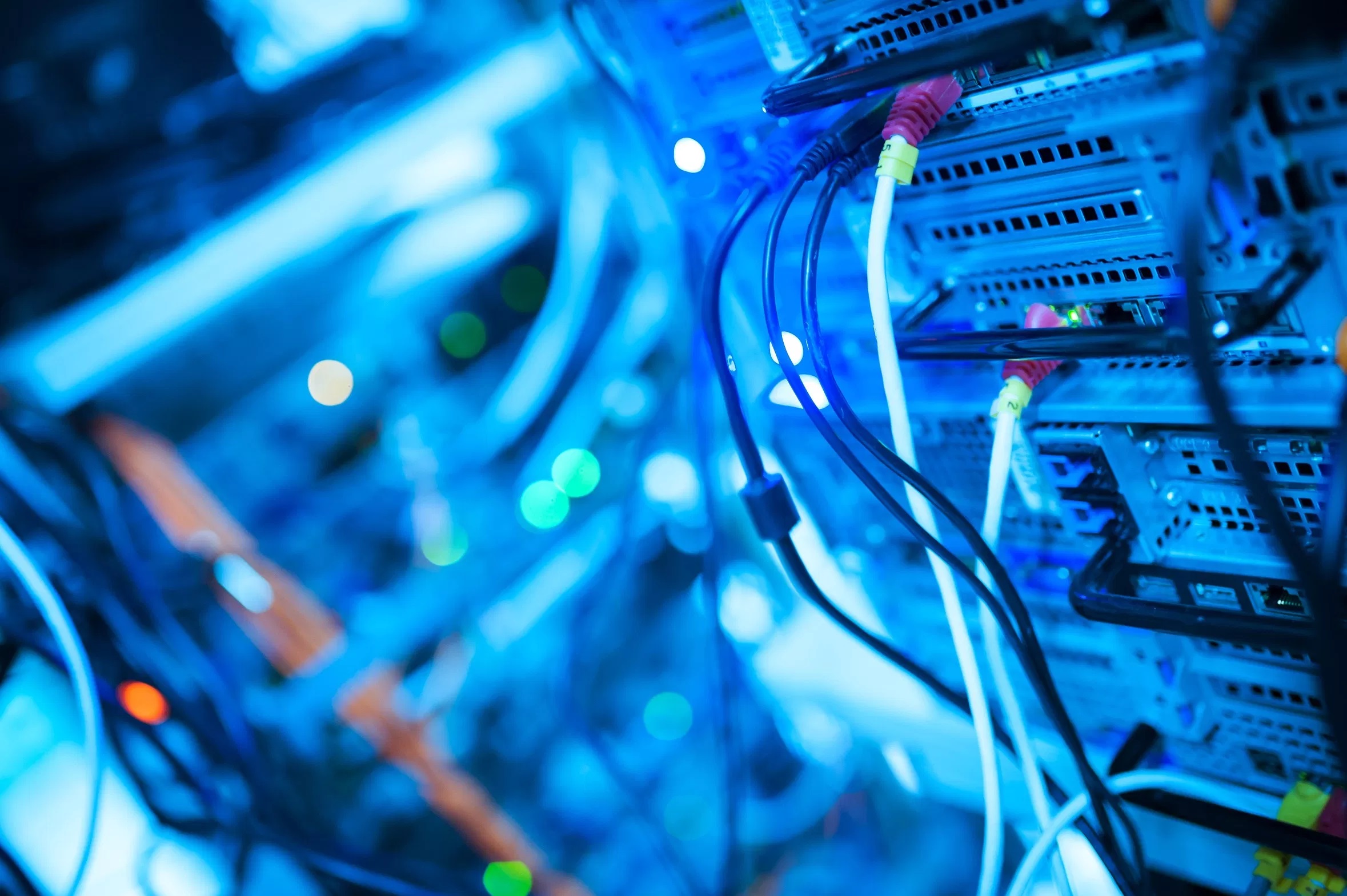
Utility companies shoulder immense infrastructural demands to sustain modern societies. However, strained grids and ballooning populations complicate reliability. IoT solutions for utilities now empower intelligent management that balances optimization, resilience and community wellbeing. This is according to the good folk over at Blues IoT. Connected platforms unlock modernizing critical service foundations through automation, responsiveness, and transparency amidst intensifying expectations.
Establishing System Fundamentals
Harnessing connectivity requires installing networked sensor grids. Advanced power and gas meters first report consumption levels from individual endpoints regionwide. Water monitors likewise convey flow rates. Additional sensors then contextualize situational conditions, like transformer temperatures. Combined data inputs establish highly granular visibility into supply fluctuations and infrastructure health that no manual monitoring achieves. This grounds digital upgrades with on-demand usage statistics and equipment telemetry.
Transitioning Into Data-Driven Operations
Integrating infrastructure monitoring unlocks optimizing performance through evidence. Load balancing algorithms guide electricity distribution to avoid overloaded circuits by shifting units strategically. Leak detection analytics alert abnormal consumption that pinpoints hidden water main defects for rapid response. Some systems even automate basic functions like voltage regulators. This amplifies capacity and resource efficiency using existing assets more deliberately without costly overhauls upfront.
Empowering Workforces
Although automation handles rote tasks reliably, human expertise remains indispensable for strategic leadership. Thus, modern platforms emphasize equipping personnel with specialized decision supports. Mobile interfaces allow technicians to visualize equipment health trends in context optimized for smaller screens with role-based recommendations that guide response protocols. Staff gain one-touch incident reporting and resource request flows via smartphone to reduce delays. This augments human judgement using connectivity.
Fostering Community Goodwill
Beyond internal capabilities, smart platforms advance public transparency and self-service options historically infeasible without technology consolidation. Online portals now empower residents to visualize consumption insights from home energy audits to leak detection tools that incentivize conservation behaviors benefiting all ratepayers. Outage status dashboards likewise provide reliability visibility during disruptions alongside projected restoration timelines based on crew location tracking. This nurtures community goodwill through inclusion.
Hardening Growth Trajectories
Pursuing intelligent designs appears unreasonable if upgrades only concentrate benefits narrowly. Therefore, solutions must uplift citizens universally across neighborhoods. Many platforms feature flexible sensor kits that enable incremental adoption from pilot zones to systemwide without imposing high upfront capital burdens. This allows equity-conscious build outs to improve access for disadvantaged communities. Leaders can then govern expansion while reinforcing social contracts.
Ensuring System Security
Grid modernization relies on cyber-physical contingencies exposed to malicious threats that could cripple societies under disruption. So governance policies must implement robust identity management, encryption and compartmentalization that protects interdependent data flows. Though no framework prevents all vulnerabilities, emphasizing fundamentals like layered controls and access governance sustains public confidence in smart systems resilient against inside and external attacks. This balancing act allows realizing intelligence without jeopardizing reliability.
Emphasizing Holistic Resilience
Transitioning any complex landscape requires patience and observant adjustments even under optimal conditions. So leaders should embrace incremental advancement that complements people alongside technology. Such an approach takes care to limit disruption fears by bringing staff into change processes early and often. Leaders similarly provide continual community visibility around evolving capabilities that enhance civic life broadly. This steady cadence cements progress by ensuring solutions uplift societies holistically across infrastructures and relationships vital for lasting success.
Conclusion
Connecting essential equipment unlocks an indispensable transformation pathway for strained utilities managing intensive public service demands. IoT integration utilizes infrastructure more deliberately while optimizing operations and workforce efficacy through data-enhanced decisions – all vital to modernizing grids safely, even under slim budgets. With comprehensive diligence guiding steady innovation across technology, personnel and community wellbeing, utilities finally breach into new eras that deliver smart reliability for all.


